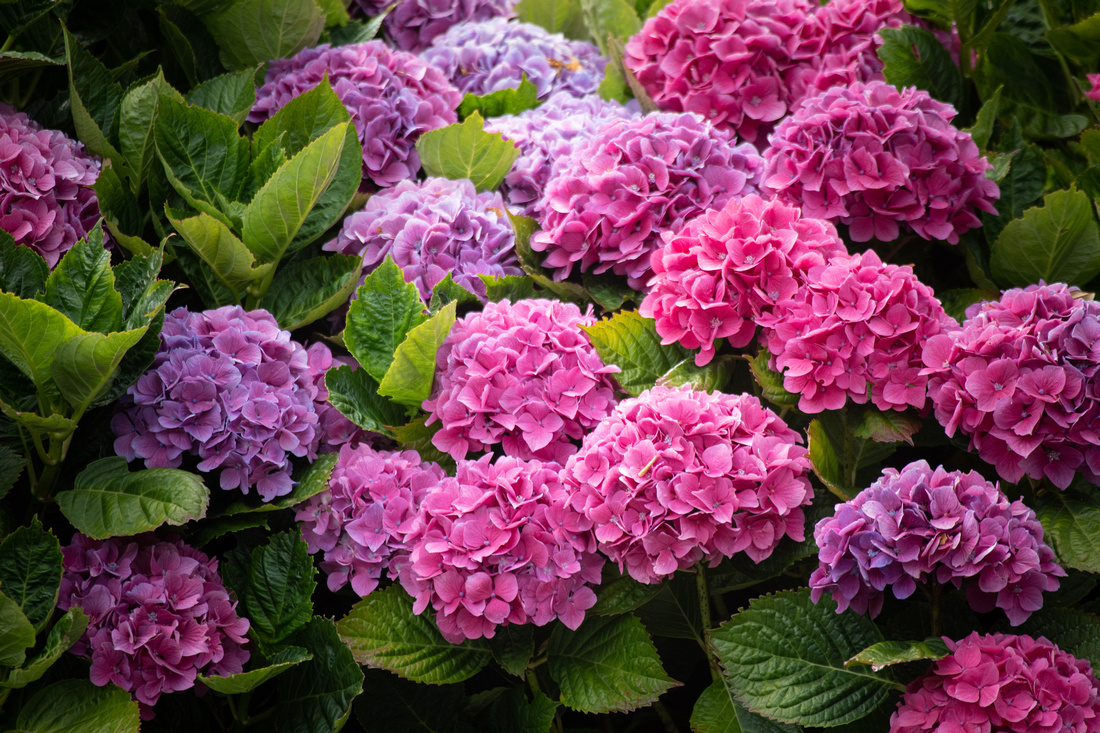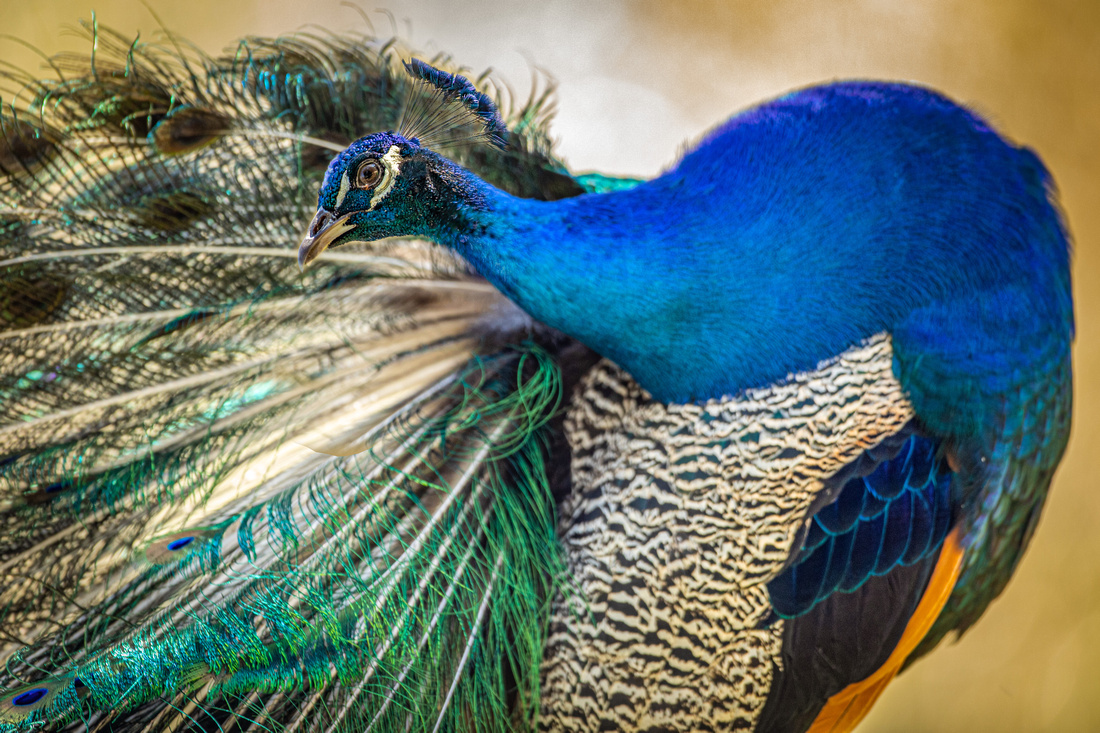Top Tips for Zoo Photography
Top Tips for Zoo Photography
Text and photos by Heather Cline
 
Mountain Lion, Folsom Zoo Sanctuary |
Zoos, aquariums, and sanctuaries provide opportunities to photograph animals that you might not otherwise have access to, but these locations come with their own challenges. If you have an unlimited budget, you can travel the world pursuing photographs of exotic and wild animals. However, if you are like the vast majority of the population, you might need to consider other creative options to capture those iconic images.
This post will focus on tips for photographing subjects in captivity.
Equipment
You don’t need a lot of high end photography equipment to get good photos in zoos and aquariums but having a good telephoto lens (like 70-300 mm) can help to accomplish some of these goals:
- Blurring out undesirable backgrounds
- Blurring out enclosure fencing or netting
- Zooming in to capture intimate portraits, patterns, or details
- Zooming out to include surrounding
A camera that allows you to shoot in manual mode will give you the best control over exposure and composition.
I recommend taking as many lenses as you can comfortably carry. Having a variety of focal lengths will open up possibilities to capture different subjects and even abstract images. Extenders are great as well. I keep a 1.4x extender in my bag. It's small, lightweight, and gives me extra reach when I need it.
A tripod or monopod can be helpful when enclosures are dark and require a slower shutter speed. They can also help give your hands a break from holding the weight of the camera and lens in between shots. If you prefer to hand hold your camera – or – the zoo doesn’t allow tripods or monopods, bump up your ISO to allow for faster shutter speeds. Tripods can produce challenges in crowded situations because they take up more space and can easily be knocked over so if you have the option of using a monopod, zoos are a great place to try them out.
 
Killdeer, Monterey Bay Aquarium |
Eliminating fences and reflections
One of the biggest challenges when photographing in zoos is eliminating fences or netting that separates the photographer from the animals. There are a few tips you can employ to eliminate fencing:
- Get very close to the fence and focus on the subject. This should help the fence “disappear”
- Shoot at the widest aperture available will also help to blur out the fence in the foreground.
- Shoot with as long a focal distance as possible. If you have a longer lens, zoom in from a distance. If not, get as close to the fence as possible to achieve a blurry foreground and background.
- If you cannot avoid the fence showing in the image, you may be able to clone some of it out in post process.
Another challenge when photographing in an aquarium and with certain zoo enclosures is reflections from the glass. A polarizing filter can help reduce reflections, but keep in mind these will darken the lens so you will need to compensate with a higher ISO and/or wider aperture. A lens hood is also handy for eliminating reflections if you put the hood right up to the glass.
 
Jaguar, Sacramento Zoo |
Bring your patience
Photographing wildlife in any setting requires a lot of patience, the ability and willingness to observe animals in their element, and being ready to capture action when it happens. Giving yourself enough time at each enclosure can produce the most interesting images and bringing water, snacks and dressing comfortably makes it easier to exercise patience.
If you have time before your visit to the zoo, taking time to familiarize yourself with the animals and their behavior may help you anticipate their movements and actions, giving you one more tool towards capturing that perfect shot.
 
Snow Leopard, Sacramento Zoo |
Don't forget the foliage
Often times, zoos contain beautiful plants and flowers that make for equally great subjects. The best part is that these don't usually move!
 
Hydrangeas, San Francisco Zoo |
Camera Settings
Shooting in a zoo still presents some of the same challenges you find out in the wild. The light can be low, animals may be moving around, or distracting elements could be in the frame. Getting your camera settings nailed down before you start can mean the difference between a missed opportunity or a great shot. I recently started using aperture priority when panning birds in flight because they move so quickly that I can't possibly change the ISO or shutter speed as the background changes with their movements. If you are new to photography or trying out zoo photography for the first time, aperture priority is helpful here as well. It is always good to continually check the histogram to ensure your exposure is good but once you have it dialed in, you improve your chances of getting a well exposed shot so you can spend more time focusing on the composition.
Here are some quick tips for adjusting your camera's settings:
- Aperture: using the widest aperture your lens allows will help blur out any enclosure between you and your subject.
- Shutter Speed: While animals in zoos may not be moving as quickly as those in the wild, a fast shutter speed will improve your chances of getting the shot if the subject is moving around. I typically set my camera to shoot on continuous as well.
- ISO: You should always shoot with the lowest ISO you can get away with, but having said that, modern cameras perform amazingly at higher ISO’s. If you need to shoot at high shutter speeds, you might need to turn your ISO up to 800 or higher.
- White Balance: I recommend setting on auto white balance as it will produce the most desirable color cast overall.
- Focus: Manual focus is your friend for blurring out fences.
- Flash: leave the flash at home It frightens the animals and is unnecessary
- Single shot or Continuous:
 
Flamingo, Sacramento Zoo |
Arrive Early
Animals tend to be most active in the morning, crowds are reduced, and light is best - so arrive early and prioritize your subjects to improve your chances of getting the best shots.
 
Lemurs, Safari West |
Composition
You may be limited in your ability to move around the enclosure, but it pays to walk around and examine every possible angle to ensure you can eliminate distracting elements.
If the situation allows, position yourself to be on the same level as the subject. If they are low - get low.
 
Cheetah, Sacramento Zoo |
Focus on the eyes.
 
Peacock, Folsom Zoo Sanctuary |
Fill the frame.
 
Orangutan, Sacramento Zoo |
Don't forget the details.
 
Zebra stripe detail, Sacramento Zoo |
Try a different perspective
 
Giraffe legs, Sacramento Zoo |
I hope this post has provided you some good tips for getting better photographs in zoos, aquariums, and sanctuaries. For additional photos, check out my zoo gallery here.